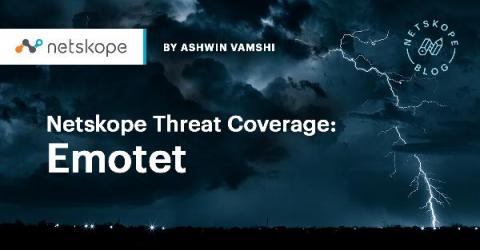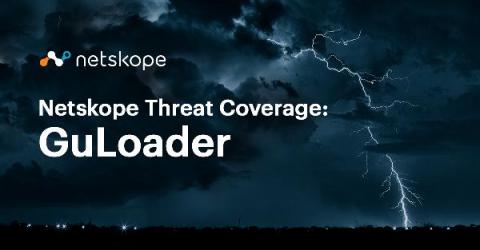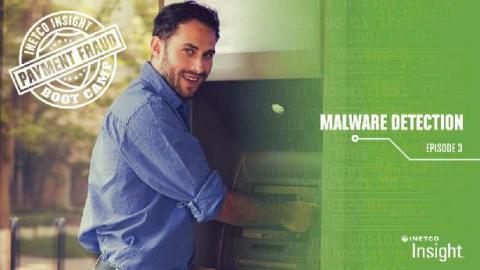Ransom Payments Could Result in Civil Penalties for Ransomware Victims
Victims of ransomware attacks could potentially receive civil penalties for making ransom payments to a growing list of threat actors. On October 1, the U.S. Department of the Treasury’s Office of Foreign Assets Control (OFAC) revealed that it could choose to impose civil penalties on ransomware victims who make ransom payments to malicious actors whom it has designated under its cyber-related sanctions program.









